 Ashley Sells, an OT student at the University of Texas at Tyler, is our SPARC winner this quarter. She plans to graduate in December 2020 and already practices our Ensign culture.
Ashley Sells, an OT student at the University of Texas at Tyler, is our SPARC winner this quarter. She plans to graduate in December 2020 and already practices our Ensign culture.
Read her awesome essay below:
I have always known I wanted to pursue a healthcare career since high school. When I was a junior in high school, I was selected to join an elective group called Health Science Technology, which allowed us to shadow different departments in the medical field to better understand what we are interested in. From the beginning, I was always drawn to therapy, and once I learned what distinguished occupational therapy and physical therapy, I fell in love with occupational therapy.
I have been a full time COTA in home health for 4 years and I can honestly say I’m happy with my job and couldn’t imagine anything better. The deciding factor for me to return to school for my master’s degree and become an OTR was job security. The medical field is ever changing, and I want to secure my place in the field of occupational therapy as a supervising therapist because I have such a passion for this career field. This career and setting allows for flexibility of treatments and building rapport with my clients in their natural environments in addition to balancing my personal life as a special needs mother. Raising a special needs child makes it very easy for me to have empathy for all my clients and their families, regardless of age. I am the kind of therapist who has a passion for my patients. I am dedicated just as much to building rapport and relationships with my patients as I am to provide skilled intervention for them. I look at my patients from a holistic view and consider many additional aspects besides reason for therapy referral. I strive to build lasting relationships with my clients and their families and make a lifelong impression.
I understand that, many times, I am coming into my patient’s lives during one of the lowest valleys they may ever encounter, and I see that as an opportunity to provide perspective and motivate them to keep trying. As a therapist, we live for success stories; you know, the ones that remind you why you fell in love with this profession. One of my favorite memories included a patient who had spina bifida and was transferred to my caseload from another therapist who “couldn’t handle her”. I was expecting a rude, non-compliant patient, but I received a humble, respectful 36-year-old woman who had been through 27 surgeries and just wanted to take a shower and learn to put her clothes on by herself again. Before she became my patient, she hadn’t had a shower in 3 months. In fact, she cried the first time I helped her in the shower and stated, “You have no idea how much this means to me.” And, after 4 months of hard work, dedication, and creative thinking, she was able to shower with supervision and dress herself independently. She will never have to go 3 months without a shower again.
Often, my most difficult patients are the most rewarding. In fact, I recently had a gentleman on caseload who has been depressed since he had his stroke several months ago and didn’t ever want to participate in therapy because he just didn’t see the point in it; he didn’t think he would ever come back from this diagnosis. When encouraged to participate, he would often lash out, asking “Have you ever had a stroke? Then you don’t understand what it feels like.” After just 2 weeks of seeing him, he smiled at me and cracked a joke. In addition, he walked twice as far as he did the week prior. And when I mentioned possible discharge the following week at his reassessment, he even asked if I could keep coming a few more weeks and made phenomenal progress those last few weeks. As a therapist, physical improvements are often what we work towards and they are great, but words cannot describe what kind of victory it feels like for me to connect with a patient who continuously shuts everyone out.
Although I have been a practicing COTA for 4 years, I continue to learn and grow as a practitioner every week. My passion for learning contributes to my patients’ well-being daily due to various reasons. When I have a patient who has multiple comorbidities that prevent him/her from completing a functional task with a common or simple adaptation, I am able to research through online databases for alternative ways to achieve the same task. When I have a family who has a less than optimal bathroom layout that increases fall risk and compromises the patient’s safety, I am able to research and brainstorm different pieces of adaptive equipment and placement options that best fit the client’s needs. When I had a 300 pound client who had to painfully crawl on his hands and knees up/down 3 wooden steps outside his home in order to leave his home for doctors’ appointments, I attempted to call the home health agency to request a social work visit in order to get a ramp installed for the client. When my attempts remained unresolved after a week, I took it upon myself to research nonprofit organizations in his county that provided ramps for no cost to low income families. I contacted the organization, filled out the application, and had a ramp installed for him in less than 2 weeks, all while having no idea if I was going through the correct avenue or not. Since the first ramp application I filled out, I have filled out numerous more and had the opportunity to share my knowledge with other therapists in surrounding counties to better serve their clients.
In the home health setting, there are some instances when therapists and clients are unfortunately left with little to no assistance or guidance for problems that arise outside their believed “scope of practice.” With 4-5 professionals (including nurses, physical therapists, and even a home health doctor) entering the previously mentioned clients home before I did, it is a shame to me that no one had started the process to help the client obtain a ramp. This particular situation allowed me to realize that I cannot ever assume anyone else will help a client handle their challenges that arise on a daily basis; I am the type of therapist who remembers that anything pertaining to my client’s wellbeing falls within my scope of practice and it is my mission to help my clients be safe, independent, and have good quality of life.
These are a few of the reasons I fell in love with this profession and these are the reasons I will continue to be successful in my profession and spark joy in my clients’ lives. I know you have many deserving applicants that apply for this scholarship; I do not think I am any more deserving than the next applicant, but I would be very honored and appreciative to accept any type of assistance you may be able to offer. In May, I will have to stop working in order to complete my 6-month fieldwork and this will put a huge financial burden on my family. I am a single mother to a 6-year-old boy with autism who attends full time, intensive ABA therapy because he is not yet functional enough to attend public school. The insurance and therapy expenses alone are enough to cause financial struggles for any single income family, but when factoring in normal bills and not having a steady income for 6 months, it makes me very anxious to see if I will be able to finish school this year and not fall behind on my monthly bills. I take out school loans each semester to help me get through and I save as much as I can, but I am not sure I will have enough to cover all my expenses. I know this is a temporary financial struggle I have to push through in order to graduate, but I would greatly appreciate any amount of financial assistance your organization might be able to offer. Thank you for your time.

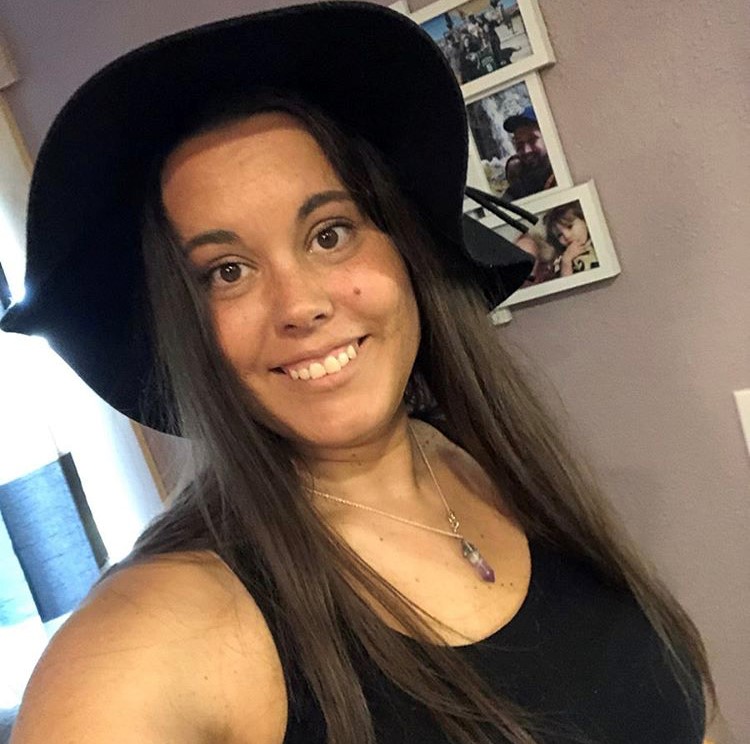
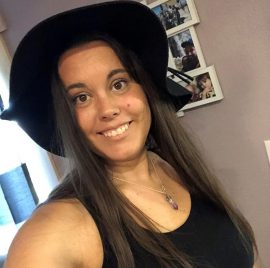 Introducing Nicole King, one of our newest Directors of Rehabilitation at Ridgeview Post-Acute in Commerce City, Colorado.
Introducing Nicole King, one of our newest Directors of Rehabilitation at Ridgeview Post-Acute in Commerce City, Colorado.
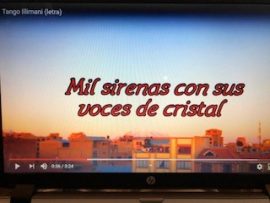



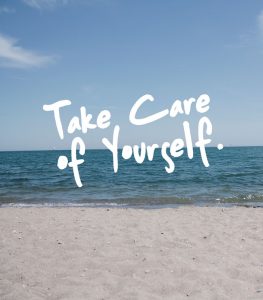

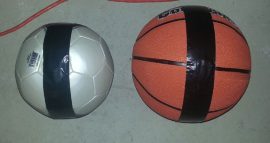
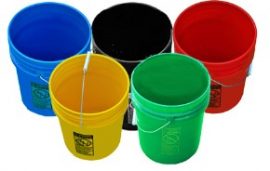



 By Jack Rolfe, PT, MNA, CHC, RAC-CT, Senior Compliance Partner for Utah
By Jack Rolfe, PT, MNA, CHC, RAC-CT, Senior Compliance Partner for Utah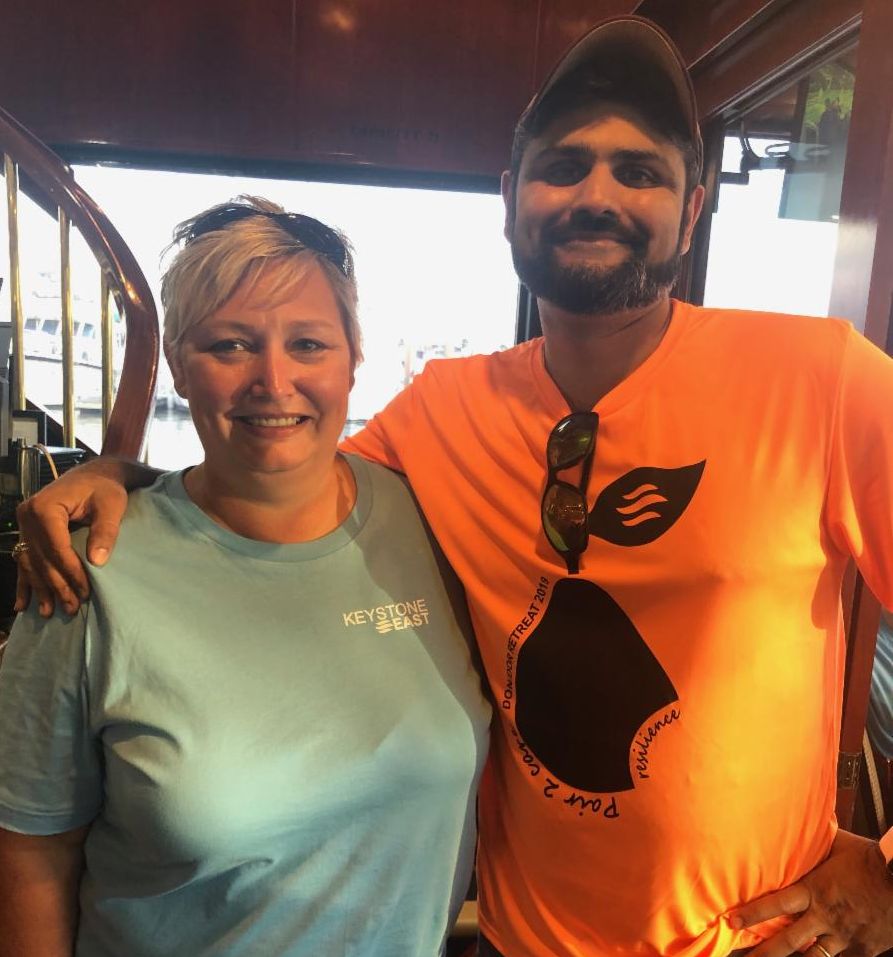
 Hope Eaton (DON) and Sunny Chahal (DOR) at Eastview Healthcare in Houston, TX, have worked together for five years as a DOR/DON team. They both started working together while being new and have grown up by making mistakes together and finding solutions as a team. They call each other out on one another’s shortcomings and/or unproductive behaviors, but always make sure they genuinely apologize to one another when saying something inappropriate or something damaging to each other.
Hope Eaton (DON) and Sunny Chahal (DOR) at Eastview Healthcare in Houston, TX, have worked together for five years as a DOR/DON team. They both started working together while being new and have grown up by making mistakes together and finding solutions as a team. They call each other out on one another’s shortcomings and/or unproductive behaviors, but always make sure they genuinely apologize to one another when saying something inappropriate or something damaging to each other.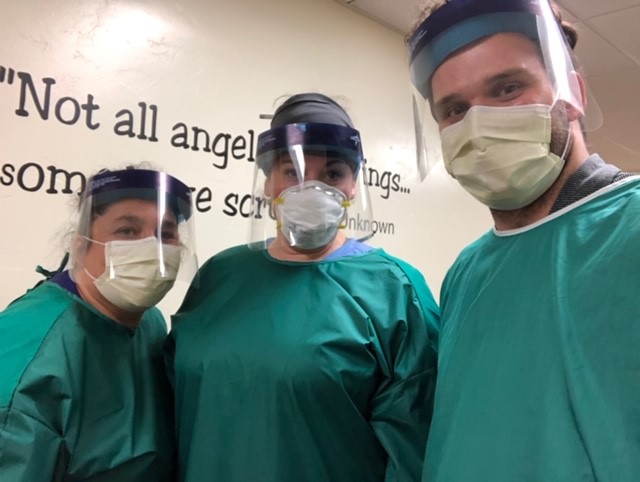
 The employees at City Creek Post-Acute in Salt Lake City, Utah, truly are superheroes. City Creek has partnered with the state to become a COVID-only building. As part of this partnership, City Creek was required to temporarily place their residents in sister facilities throughout the Salt Lake valley. This was a huge undertaking in and of itself and was the beginning of building something very special at City Creek.
The employees at City Creek Post-Acute in Salt Lake City, Utah, truly are superheroes. City Creek has partnered with the state to become a COVID-only building. As part of this partnership, City Creek was required to temporarily place their residents in sister facilities throughout the Salt Lake valley. This was a huge undertaking in and of itself and was the beginning of building something very special at City Creek.